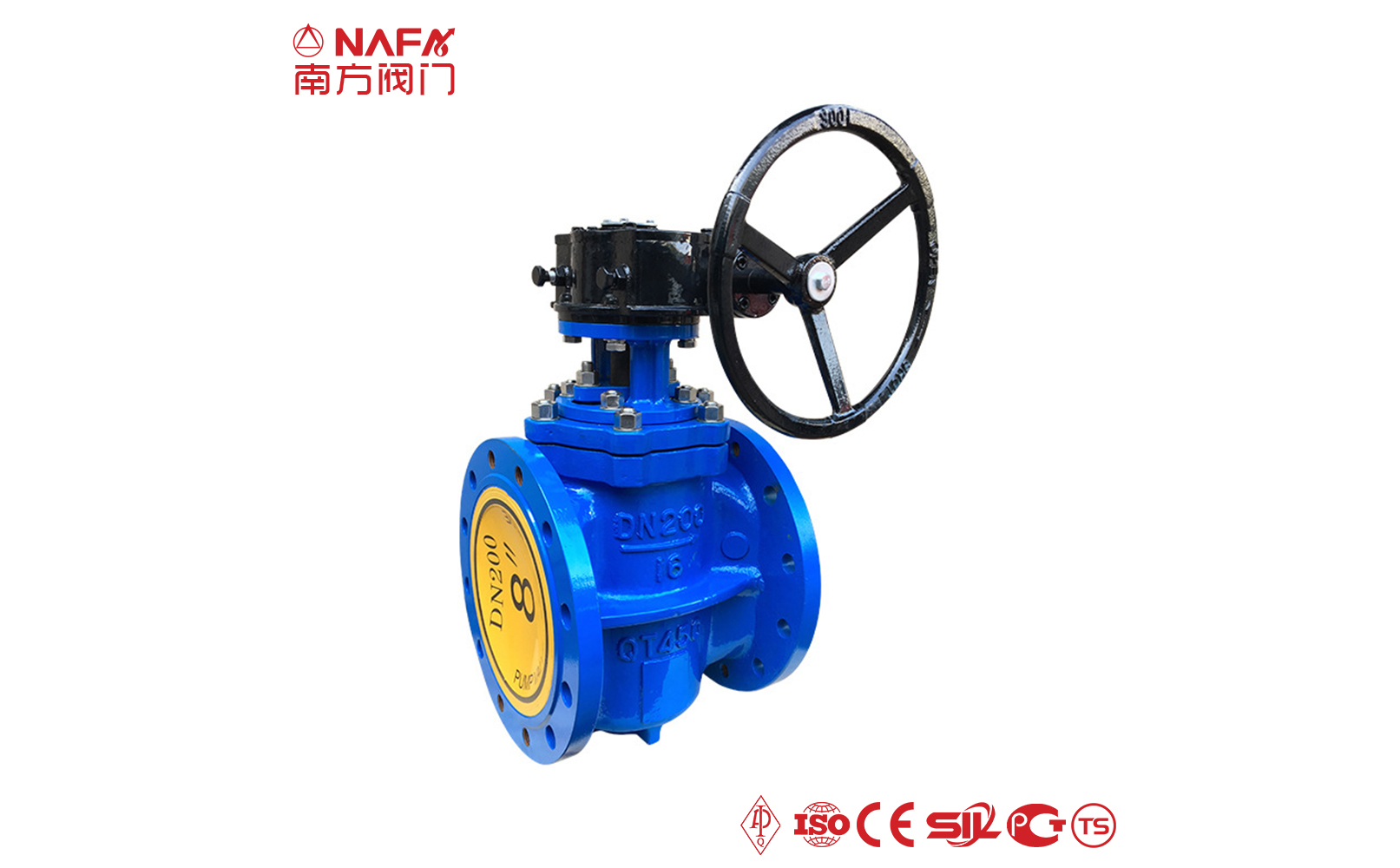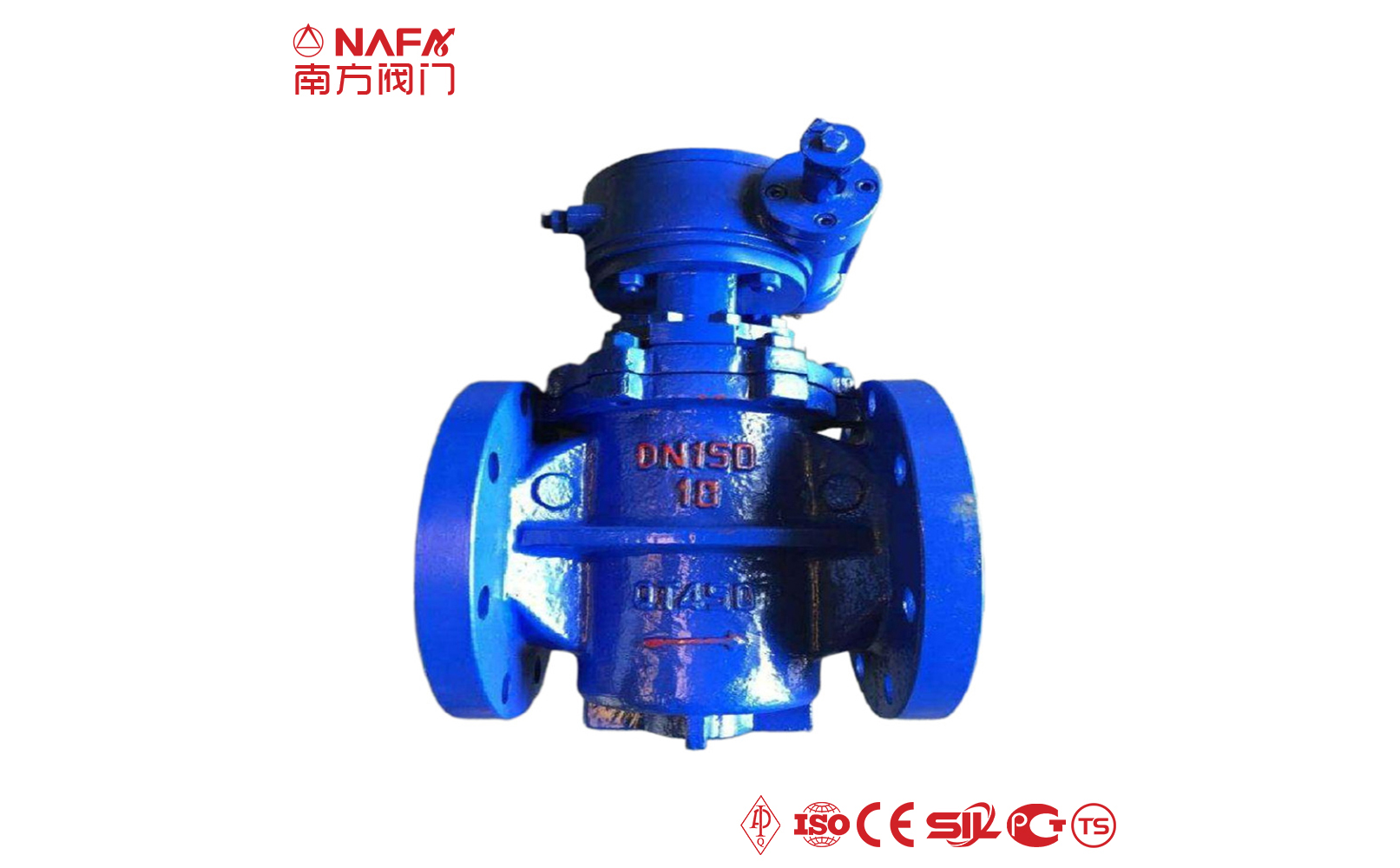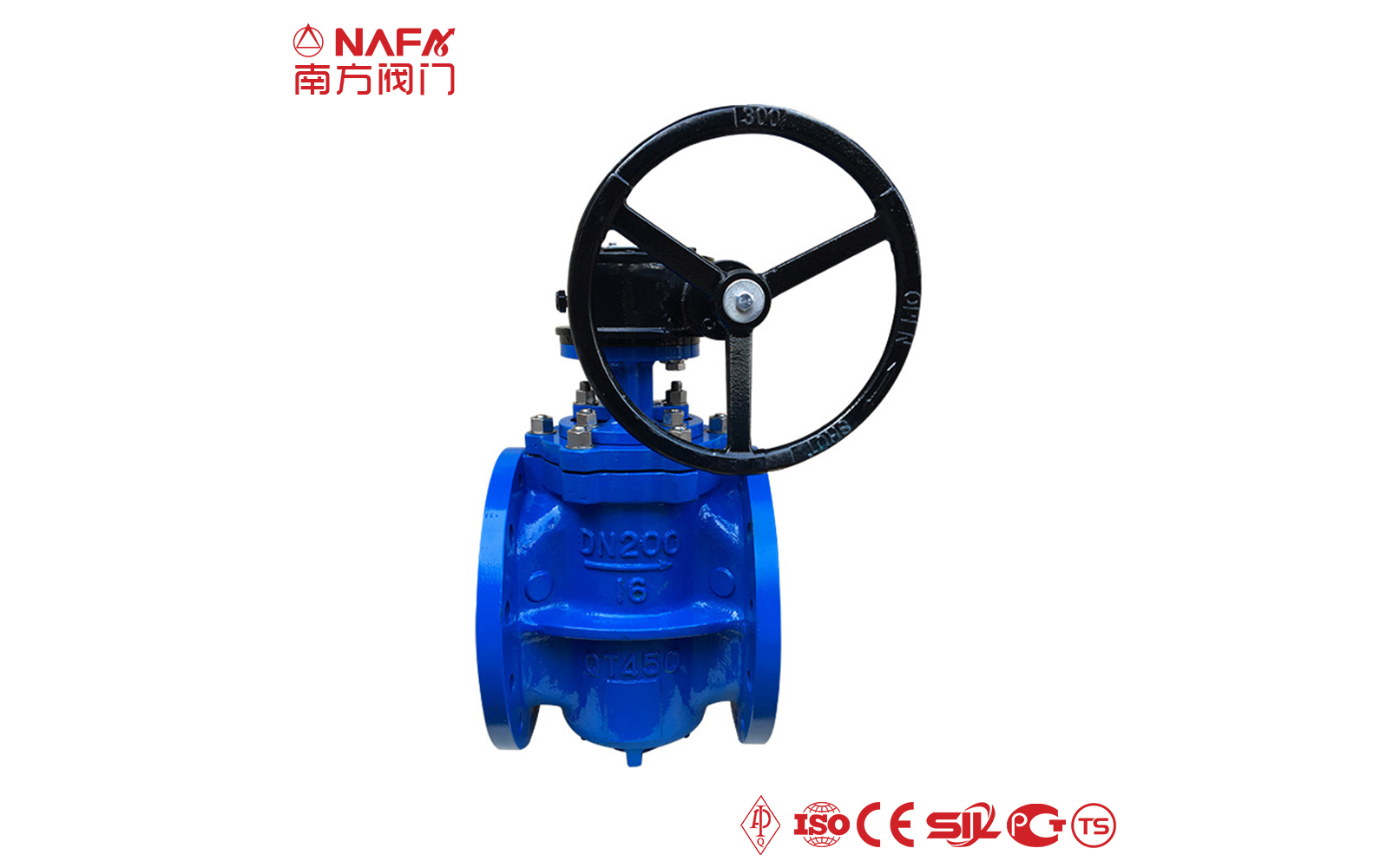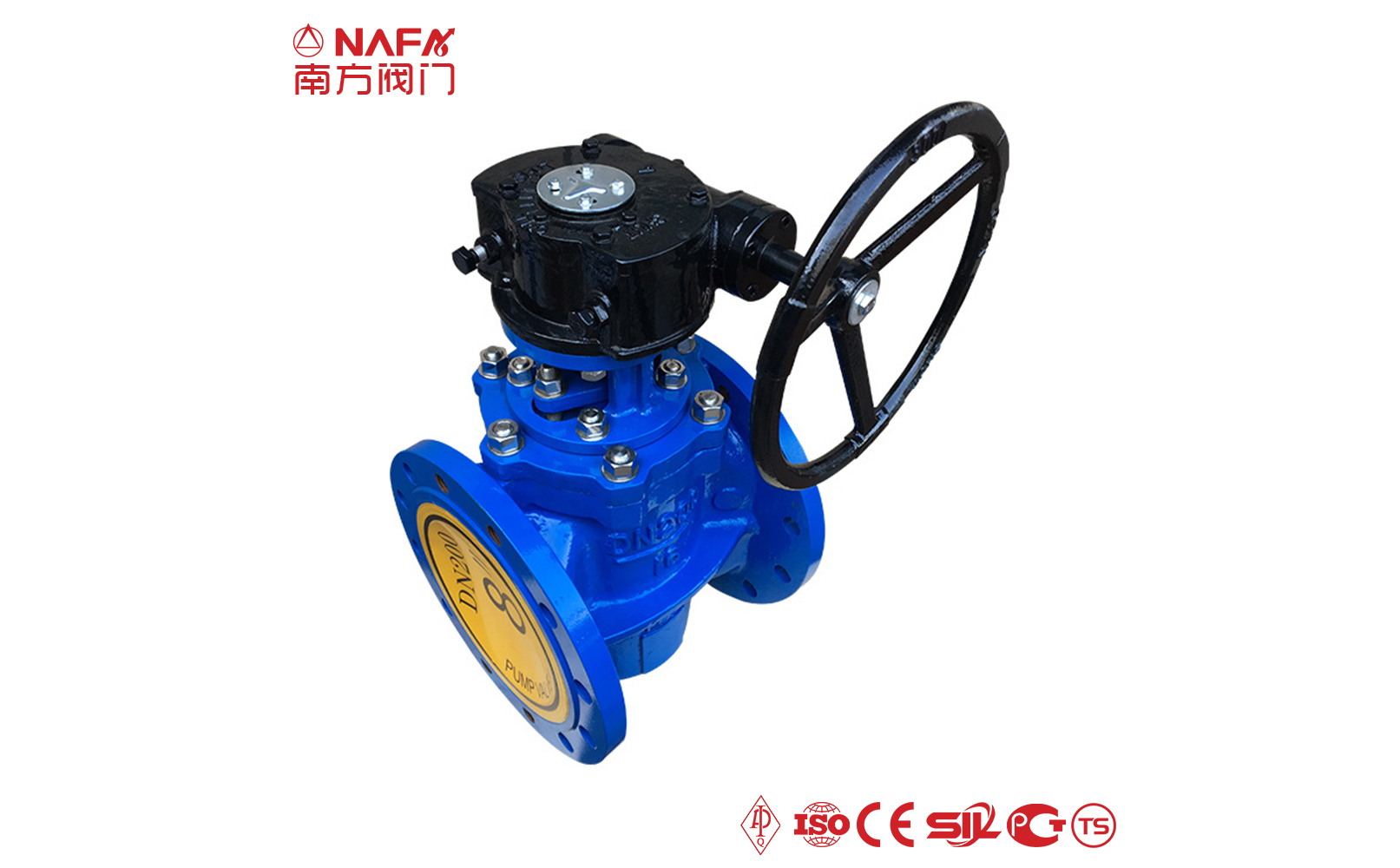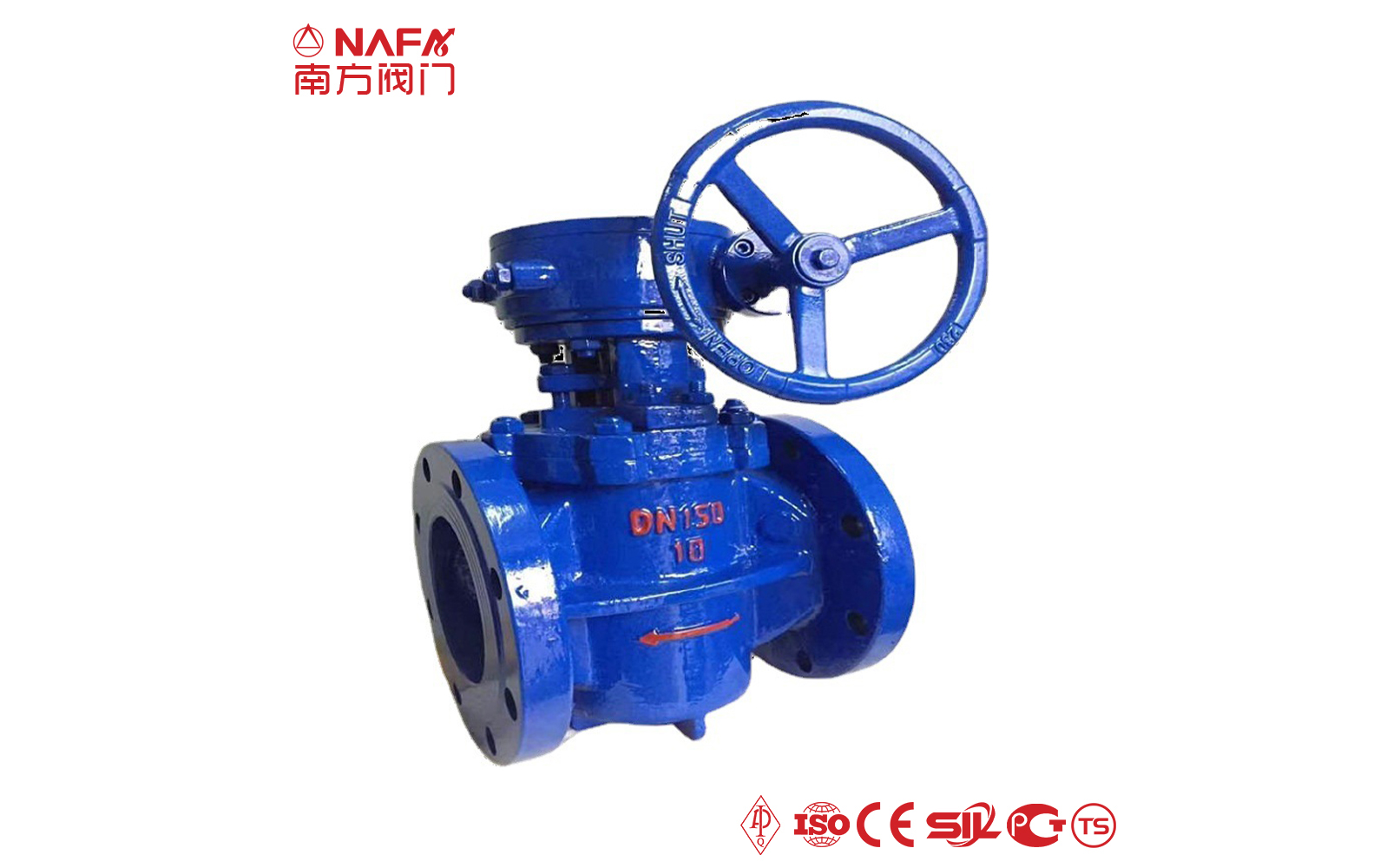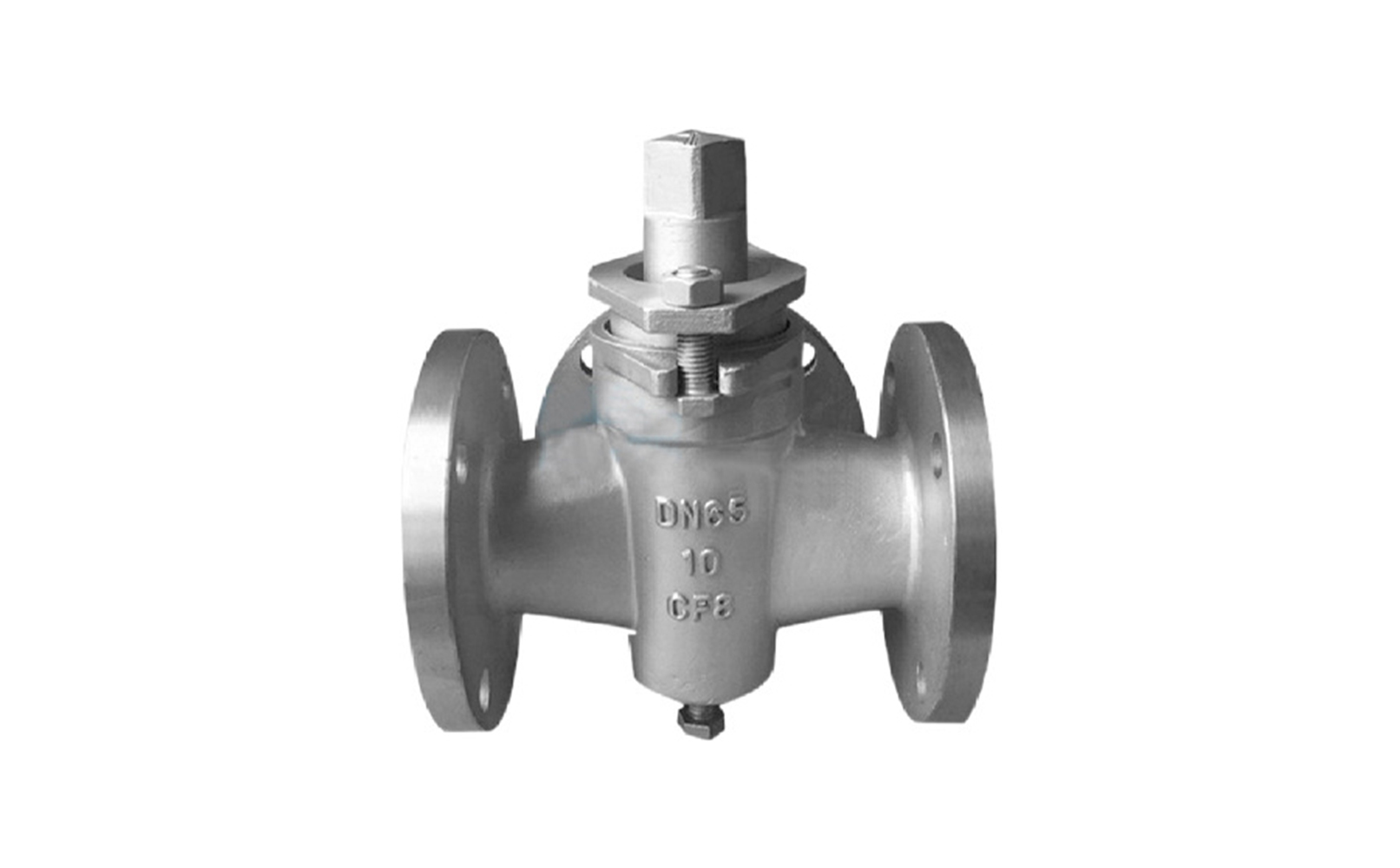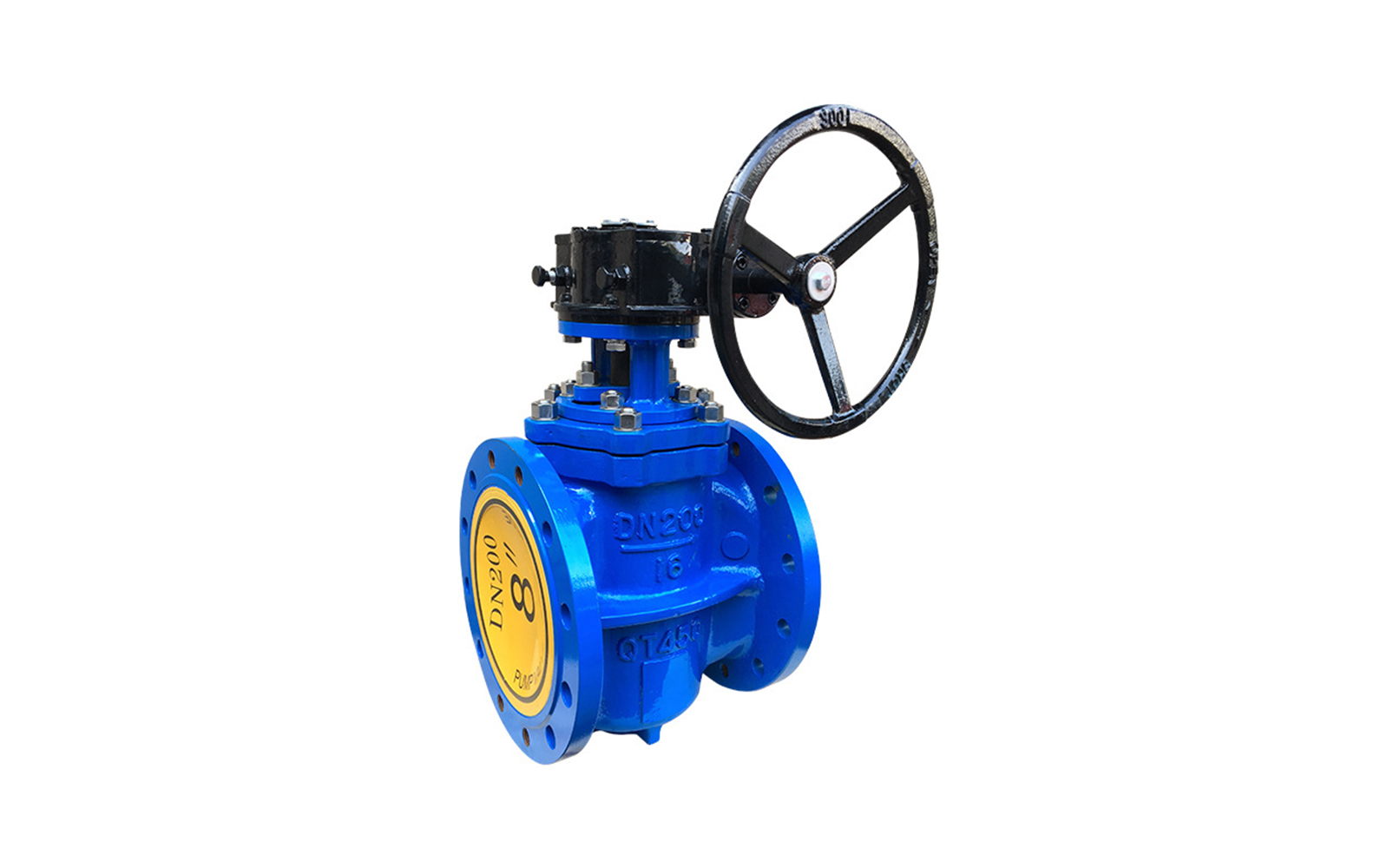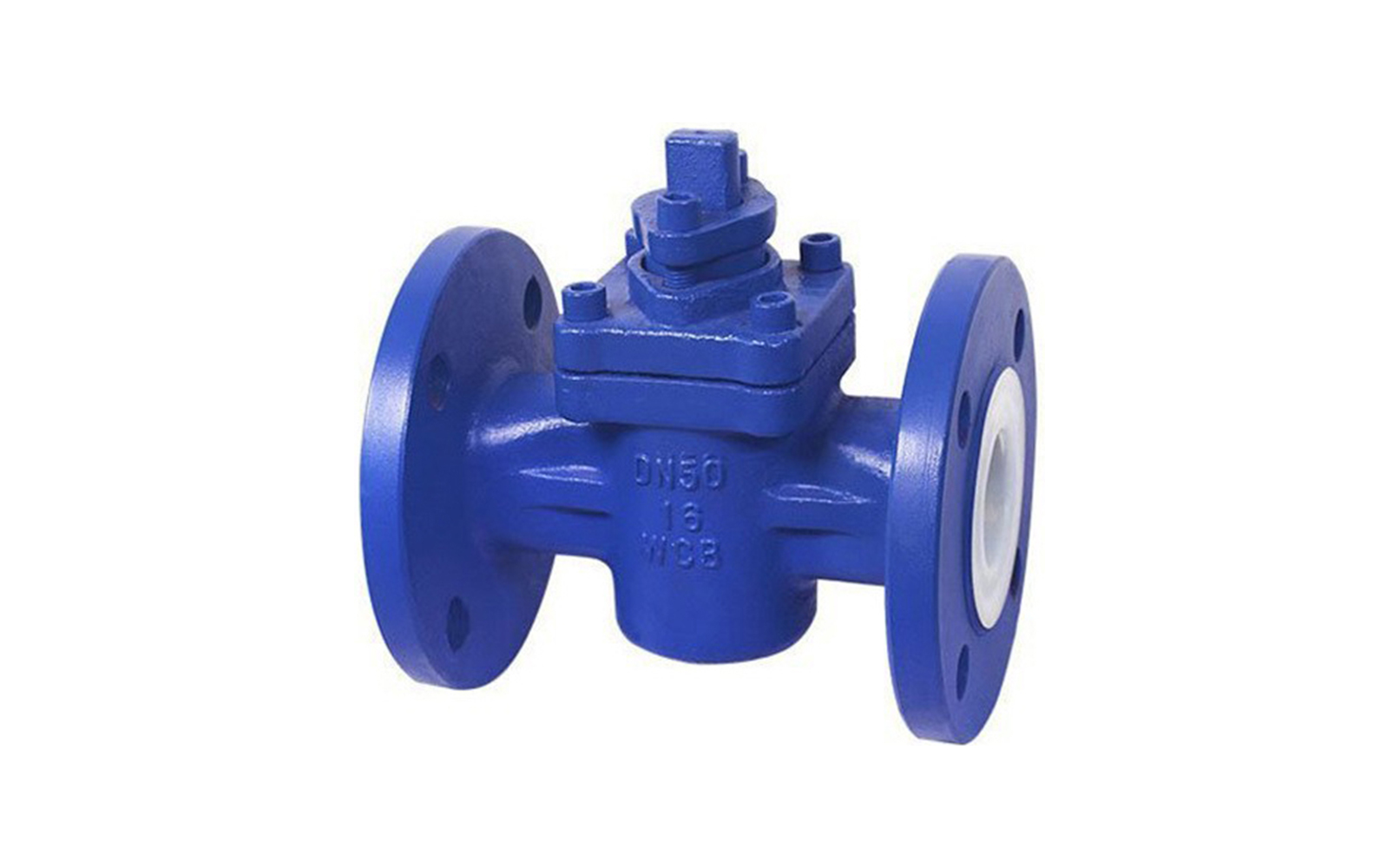- 01The valve body is an integrated, top-mounted design with a simple structure, convenient online maintenance, no valve body leakage points, and supports higher pipeline system strength.
- 02The surface of the plug is treated by nitriding, nickel-phosphorus alloy plating or spraying hard alloy to improve the surface hardness.
- 03The surface hardness of supersonic sprayed hard alloy can reach HRC65 or above, and the surface hardness can reach HRC58~60 after nickel-phosphorus alloy plating and heat treatment.
- 04There is a balance hole at the bottom of the plug, which can introduce the medium pressure into the bottom of the plug, so that the plug presses the valve body to play a sealing role.
- 05Because of the lubrication of grease, the valve operating torque is small and the operation is labor-saving.
- 06The valve stem and the plug adopt a slip ring connection method, which can reduce the concentricity error between the valve stem center and the plug cone surface, and improve the force condition and operating performance of the valve stem.
-
 API
API -
 АСМЕ
АСМЕ -
 АНСИ
АНСИ -
 RU
RU -
 ДИН
ДИН -
 ГОСТ
ГОСТ -
 ГБ
ГБ -
 JIS
JIS
| The characteristics of eccentric plug valve |
The plug has an elastomeric coating that seals against a nickel-welded seat in the valve body. The valve shaft is usually integrally cast as part of the valve plug and rotates in stainless steel bearings in the bottom of the valve body and bonnet. The valve's sealing function is aided by "direct pressure" which pushes the valve plug tightly into the seat. The valve will also seal with pressure in the "reverse pressure" direction, but requires turning the valve plug clockwise past the center of the seat. The greater the closing rotation, the tighter the seal due to the eccentric effect. In service, if the valve wears, the valve can be closed further to restore the seal. The most common designs have a cylindrical plug face and a cylindrical seat. The cylindrical seat provides a relatively wide sealing surface. Alternatively, the port and plug face can be rounded, similar to a hemispherical valve. |
| Technical Parameters | |
| Size | DN15-DN1500, 1/2''-60'' |
| Pressure | PN10-PN420, Class150-Class2500 |
| Temperature | -200°C to 650°C |
| Connection Type | Flange, Thread, Socket weld, Butt weld |
| Operation Mode | Manual, Pneumatic, Electric, Hydraulic, Gear operation |
| Materials | ||
| Valve Body | Forged | A105, LF2, F5, F9, F11, F22, F304, F316, F347, F904, F51, F53, F310, N08020, Inconel625, etc |
| Cast | WCB, LCB, C5, C12, WC6, WC9, CF8, CF8M, CF8C, 4A, 5A, CN7M, C95800, CW6MC, etc | |
| Valve Stem | F6a, 17-4PH, XM-19, F304, F316, F347, F904, F51, F53, F310, Monel400, Monel500, N08020, Inconel625, Incoloy825, etc | |
| Valve Disc | A105, LF2, F5, F9, F11, F22, F304, F316, F347, F904, F51, F53, F310, N08020, Inconel625, F6a, 17-4PH, XM-19, F304, F316, F347, F904, F51, F53, F310, Monel400, Monel500,Incoloy825,WCB, LCB, C5, C12, WC6, WC9, CF8, CF8M, CF8C, 4A, 5A, CN7M, C95800, CW6MC, etc | |
| Seat Sealing | SS, BR, CU, AS, CS, AL, PTFE, NBR, FKM, AI203, etc | |
| Design Standards | |
| Valve Body | API 6D, API 608, ASME B16.34, DIN 3357, BS 5351, GOST 9833, JIS B2071, GB/T 12237, etc. |
| Flange | ANSI B16.5, EN 1092-1, JIS B2220, GB/T 9113, ASME B16.47, GOST 12821, DIN 2543-2545, etc. |
| Connection | ANSI B16.10, ASME B16.25, JIS B2212, GOST 33259, DIN 3202, etc. |
| Test Standards | API 598, ISO 5208, BS EN 12266, ASME B16.104, GOST 9544-2015, JIS B2003, DIN 3230, etc. |

